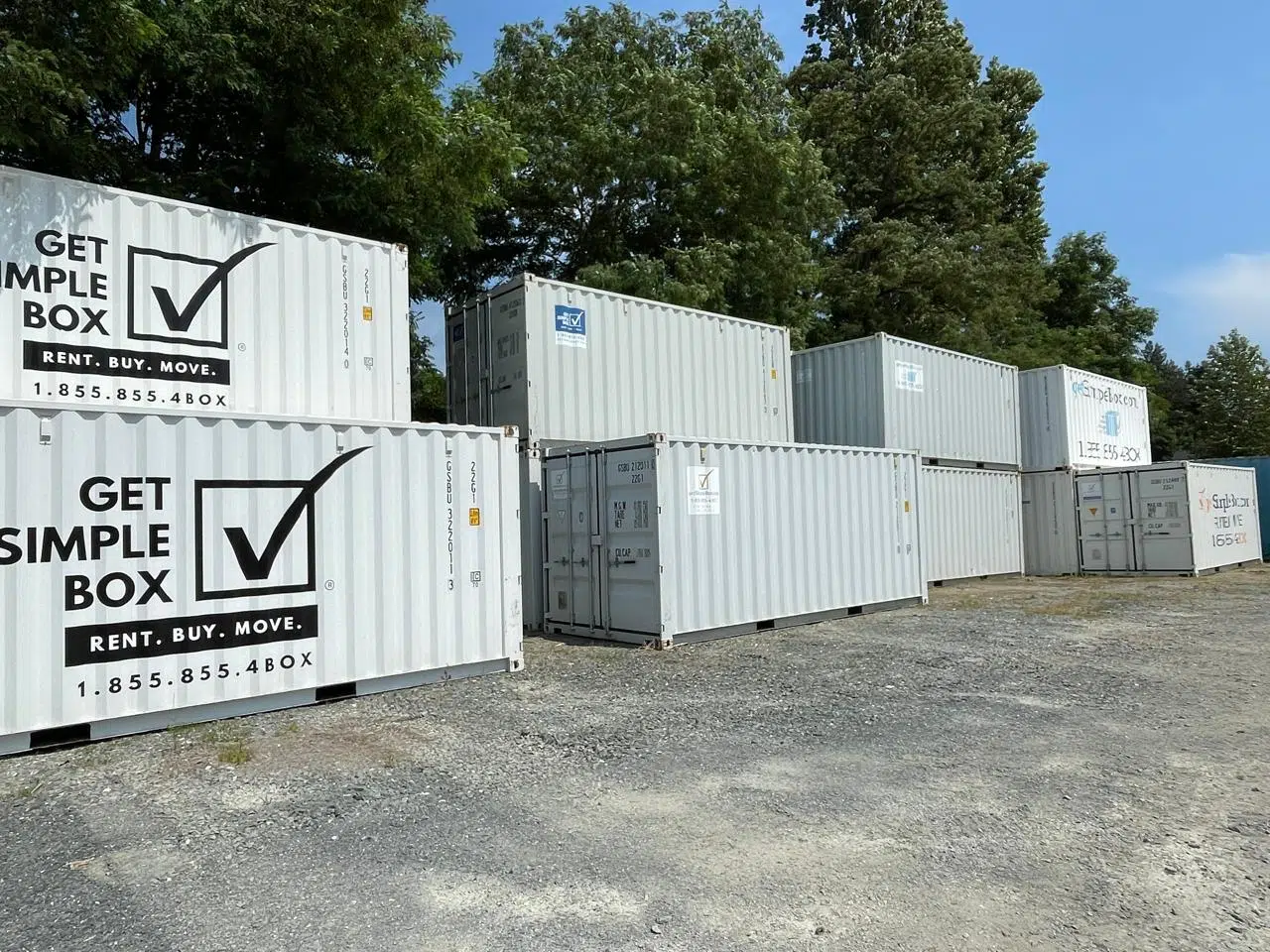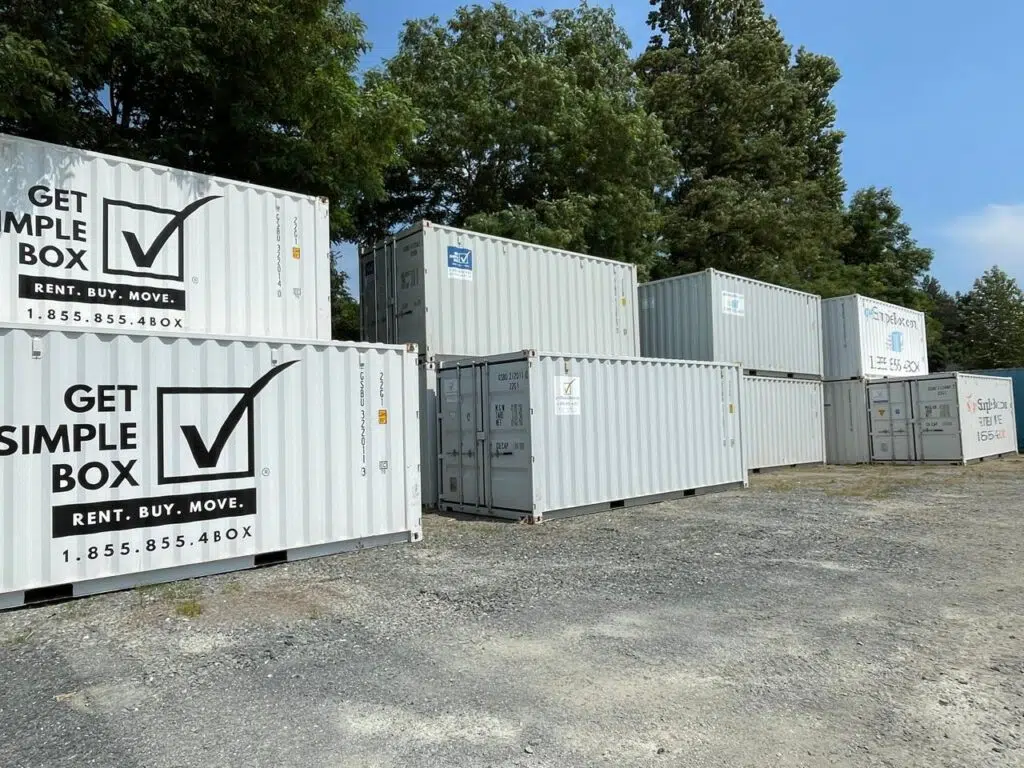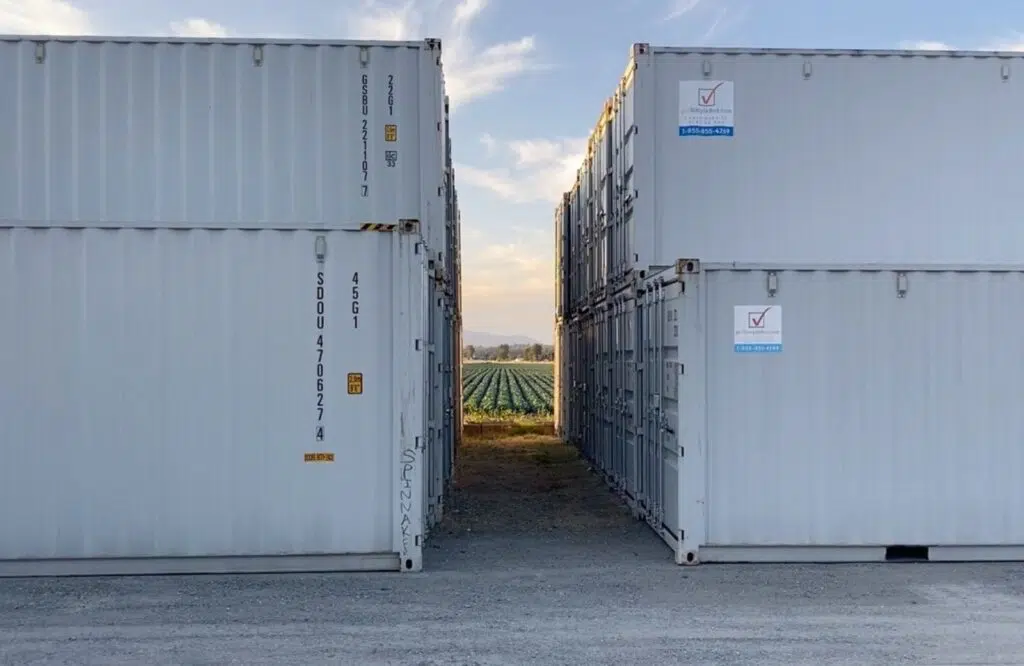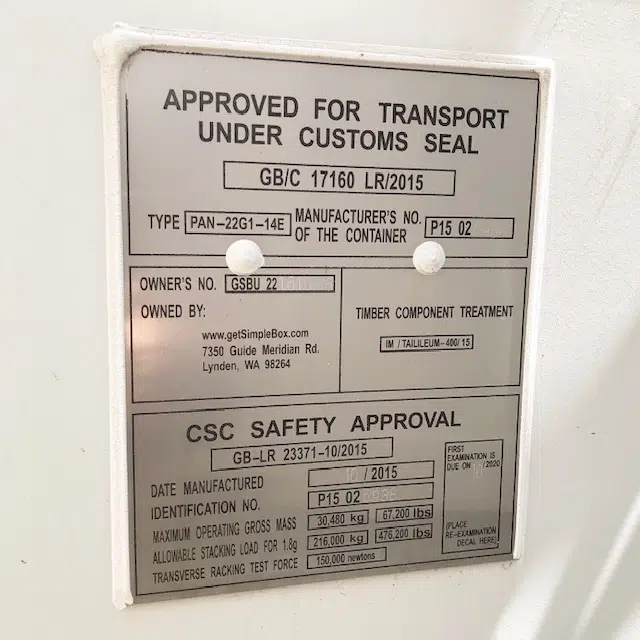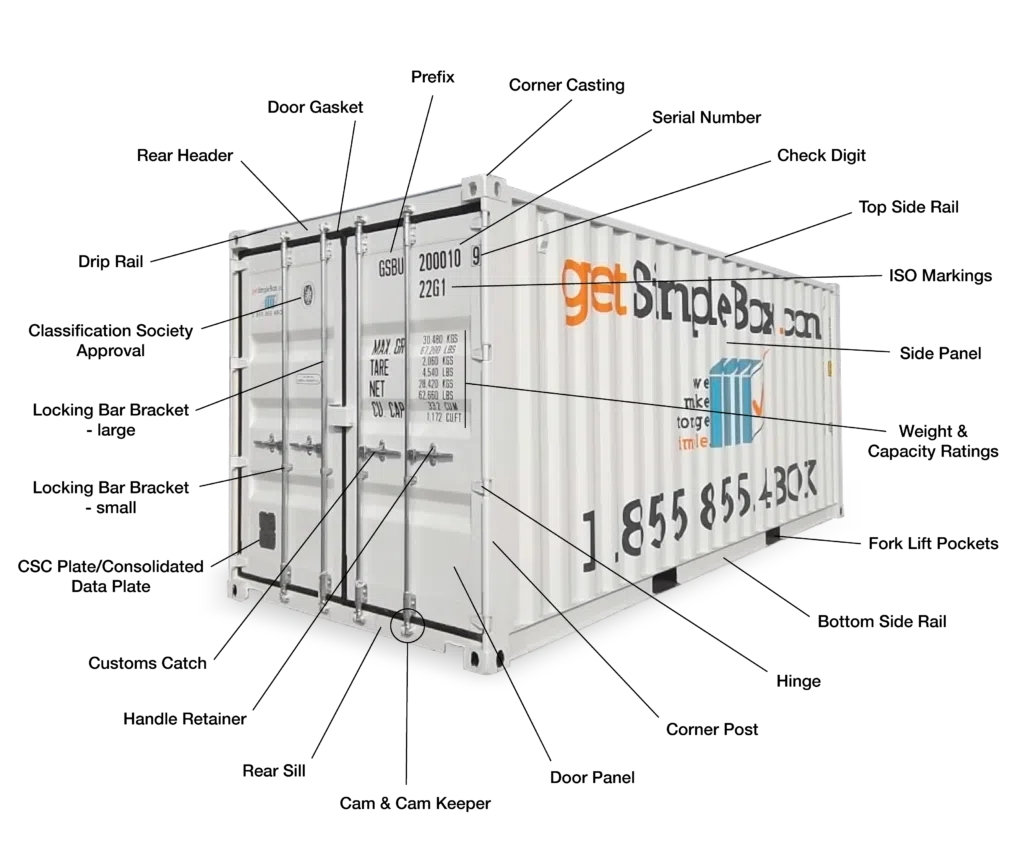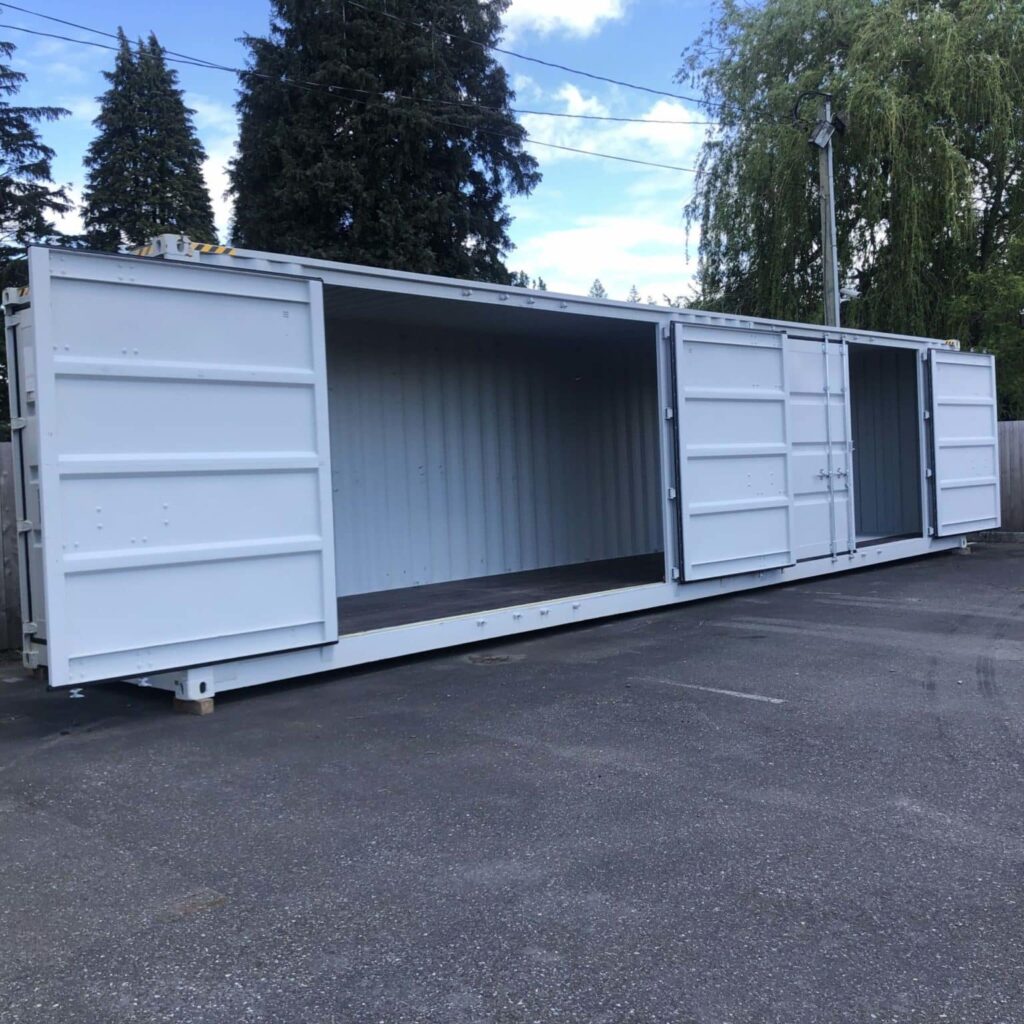A one-trip container is a container that was manufactured overseas (typically in China), filled with goods and then shipped to North America with the intent of being sold right away as a “new” container. By having a shipper use the container for a single load (it has just made “one-trip” across the ocean), the cost to get a new container in North America is reduced significantly. We pass these savings along to our customers.
Because they have not had much use, they are usually free from rust and large dents, however because they have made one trip here on a ship and then have been handled by a forklift, truck, and trailer, they may have some minor blemishes like scrapes or small dings. In our industry, we typically consider a one-trip container to be in “New” or “Like-new” condition for the first 5 years of its life.
This quality of container can be used to go overseas again. Cargo worthy containers are used containers that must meet standards of structural strength, be wind and water-tight, and contain all of the proper markings in order to be certified for export use. Containers meeting IICL 5 standards are generally of an even better quality than containers showing as just cargo worthy.
